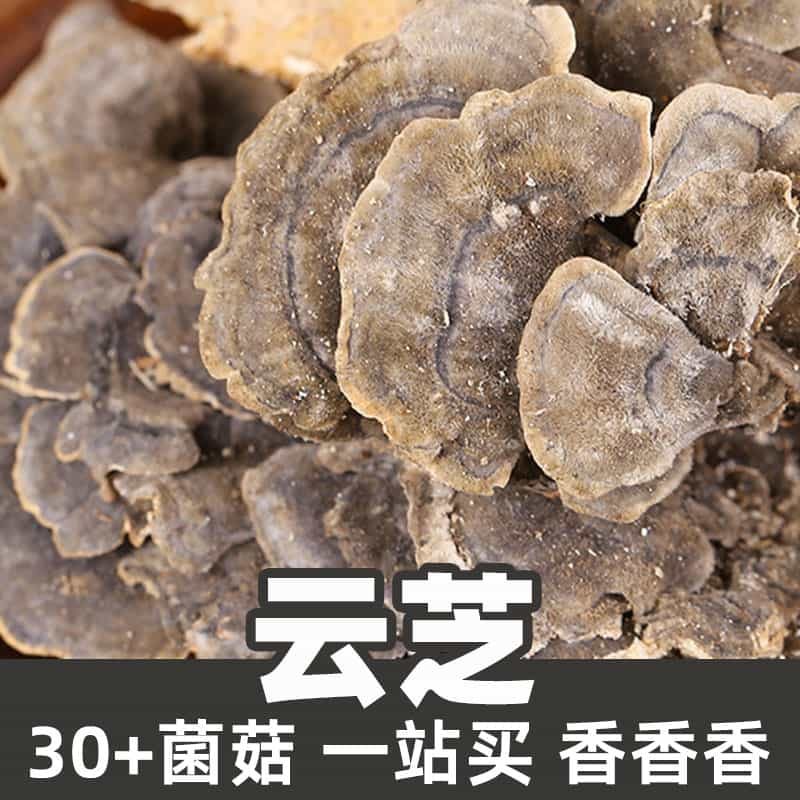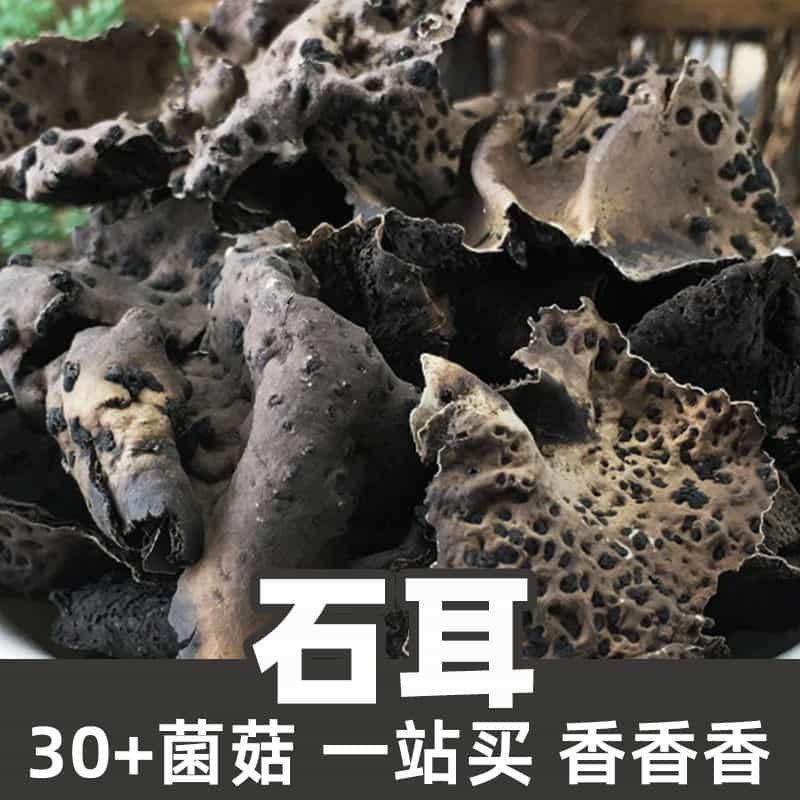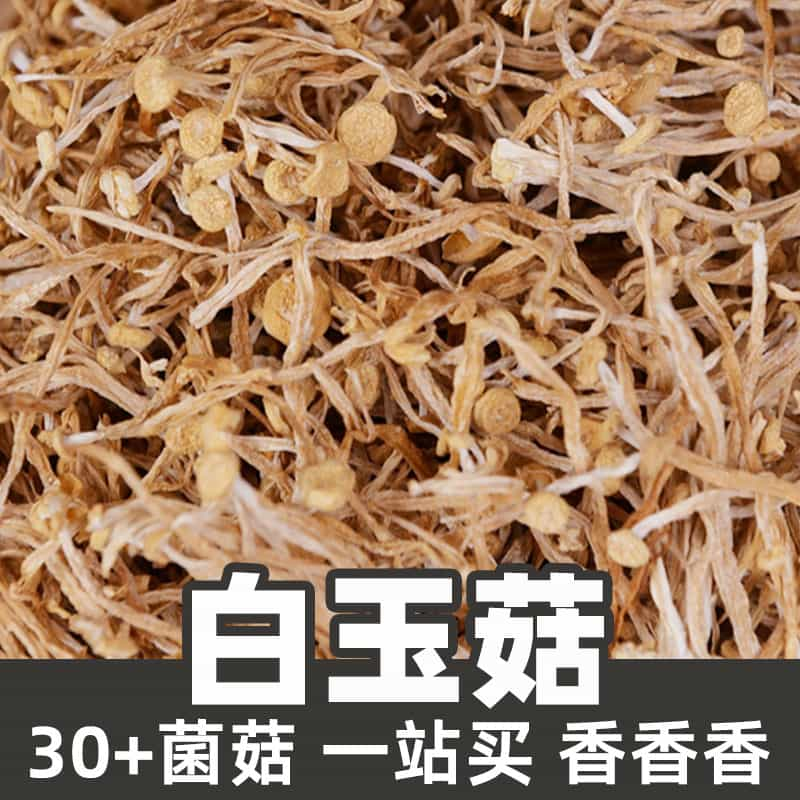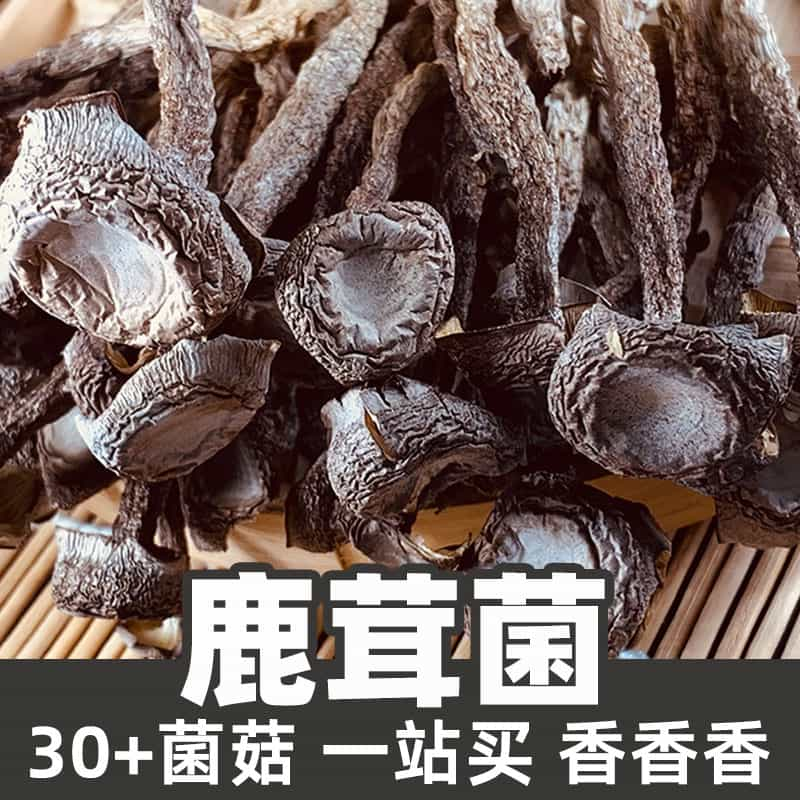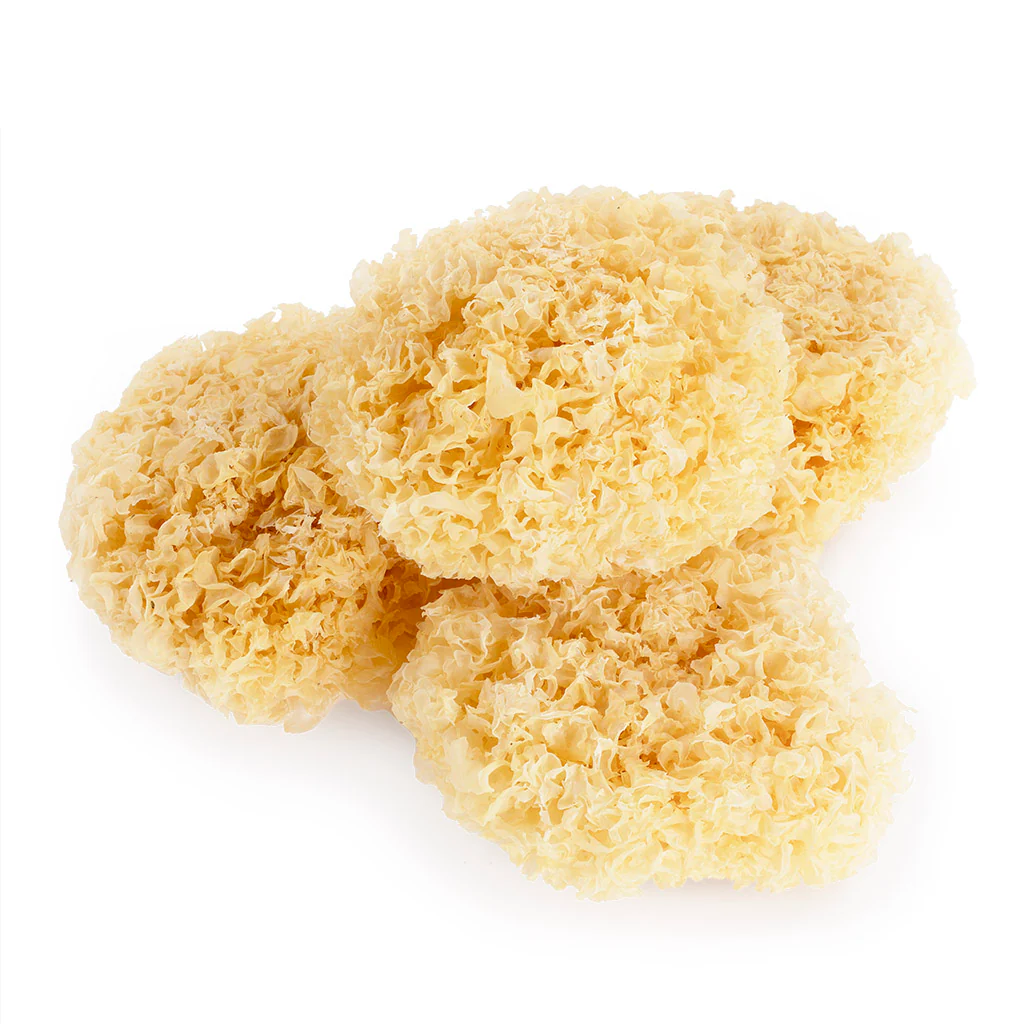Product Introduction
The king oyster mushroom, scientifically known as Pleurotus eryngii, is a popular edible fungus known for its meaty texture and rich flavor. Originating from Mediterranean regions and parts of Asia, this mushroom has gained widespread acclaim in the culinary world, particularly in vegetarian cuisine. King oysters have a thick, creamy stem that is often compared to the texture of seafood, making them a favorite for grilling or sautéing. Aside from their culinary uses, king oyster mushrooms are also recognized for their potential health benefits, containing a variety of bioactive compounds that contribute to their nutritional profile. Commonly found in grocery stores and farmers' markets, these mushrooms can be incorporated into a multitude of dishes, from stir-fries to soups, enhancing both flavor and nutritional value. Their versatility and appealing flavor have made them a staple in both home kitchens and professional restaurants.
Nutritional Composition
King oyster mushrooms are noted for their impressive nutritional composition, showcasing a balance of essential nutrients and bioactive compounds. These mushrooms contain a high content of polysaccharides, particularly beta-glucans, which are known for their immune-boosting properties. Additionally, they are low in calories and fat, while offering a good source of dietary fiber that aids in digestion. King oyster mushrooms are also rich in proteins, containing all nine essential amino acids, making them a valuable addition to vegetarian and vegan diets. The presence of vitamins such as B-complex (including niacin, riboflavin, and pantothenic acid) and minerals like potassium, phosphorus, and selenium further enhances their nutritional profile. Notably, these mushrooms also contain antioxidants, which are important for combating oxidative stress in the body. Such components contribute to their potential health benefits, including anti-inflammatory properties and support for cardiovascular health. Overall, king oyster mushrooms are a nutrient-dense food option that supports a balanced diet and offers numerous health advantages.
Application Scenarios
In the culinary world, king oyster mushrooms are incredibly versatile and can be used in various application scenarios. Due to their meaty texture, they are often grilled, roasted, or stir-fried and serve as an excellent meat substitute in vegetarian and vegan dishes. They can be sliced and sautéed with garlic and olive oil for a simple side dish, used in pasta dishes, or added to risottos to enhance flavor and texture. King oyster mushrooms are also popular in Asian cuisines, where they are incorporated into soups, stews, and noodle dishes. Beyond culinary uses, these mushrooms are being explored for their medicinal properties. Research is ongoing into their anti-inflammatory effects, potential cholesterol-lowering benefits, and various biochemical compounds that may contribute to health improvements. Furthermore, king oysters can be utilized in functional foods and supplements, capitalizing on their health benefits and nutritional value. Their unique flavor profile makes them suitable for innovative applications in fine dining and home cooking alike, further solidifying their position in the market.
Growth Environment and Geographic Distribution
King oyster mushrooms thrive in specific environmental conditions that suit their growth. They prefer to grow in humid, shady environments typically found in woodlands or forests, and they are often associated with decaying wood, particularly from broadleaf trees. In the wild, they can be found in regions across Europe, Asia, and North Africa, often emerging as saprotrophs that break down organic matter. Cultivation of king oyster mushrooms has expanded globally, with commercial production occurring in controlled environments that mimic their natural habitat, using substrates such as sawdust, straw, or agricultural waste. Countries such as China, Japan, and South Korea are leading producers, but their cultivation has also spread to Europe and the Americas. The adaptability of the king oyster mushroom allows it to be cultivated in various climate conditions, which has led to increased availability and popularity worldwide. The ecological role of these fungi in nutrient cycling within their environments underscores their importance beyond human consumption, contributing to soil health and biodiversity.
Harvesting, Processing, and Storage
Harvesting king oyster mushrooms typically involves careful removal from the substrate to avoid damage to the delicate structure. Mushrooms are harvested when they reach optimal size, usually when the caps are still slightly closed to ensure the best texture and flavor. After harvesting, the mushrooms should be cleaned gently to remove any debris, ensuring they remain intact and free from damage. For processing, king oyster mushrooms are often trimmed, sliced, or prepared whole, depending on their intended use. They can be stored fresh in a paper bag in the refrigerator to absorb moisture and maintain ventilation, which helps preserve quality for about a week. For longer storage, they can be dried or processed into powders for use as supplements, retaining their nutritional benefits even when not fresh. Freezing is another option, although this can alter their texture. Proper handling and storage methods are vital to maintain the flavor and nutritional value of king oyster mushrooms, allowing them to remain a delicious and healthy food option.
Monica Sun is a seasoned expert in the natural raw materials industry, with over a decade of experience specializing in traditional Chinese medicinal herbs, spices, and fungi. She is skilled in the sourcing, processing, and application of these materials, emphasizing sustainability and innovation. Monica Sun has contributed to the development of high-quality natural raw materials that serve as essential components in functional foods, pharmaceuticals, and cosmetics, delivering tailored solutions to meet diverse market needs.








